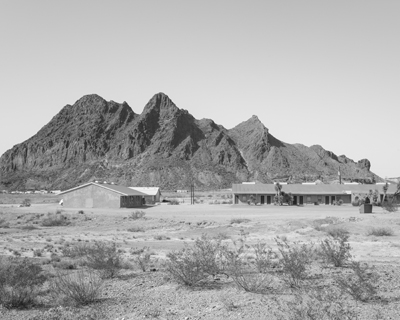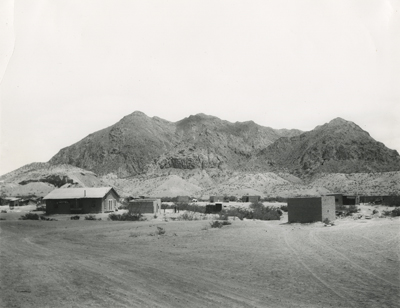We are pleased to share our interview with Ransom Center member Susan Scafati, an Austin-based, American contemporary artist. She is a member of Lakes Were Rivers, an artist collective showcased in the Ransom Center’s 2013 exhibition Contemporary Photographic Practice and the Archive. [Read more…] about Member Profile: Susan Scafati
Contemporary Photographic Practice and the Archive
In the galleries: Anna Atkins’s “Peacock Feathers” and Anna Krachey’s “Filament”
Although Anna Atkins and Anna Krachey share a first name, Krachey acknowledges a much deeper connection. A member of Austin-based artist collective Lakes Were Rivers, Krachey came across Atkins’s work in the Ransom Center’s collections. She noticed an exploration of light, layering, and space that was similar to her own photographic practice.
Such connections form the basis of the Ransom Center’s current exhibition, Contemporary Photographic Practice and the Archive. Created in collaboration with Lakes Were Rivers, the exhibition highlights members’ works that were influenced in some way by the Ransom Center. Approximately 50 new works are displayed alongside Ransom Center collection materials chosen by the artists. The pairings illustrate how archives and cultural collections stimulate new ideas and creative acts.
Atkins, born in 1799 in England, was an amateur botanist. She is known primarily for her thousands of cyanotypes, which often featured marine botanicals and other plants and objects. Peacock Feathers offers an example of the camera-less photographic technique—one that provided a new way of recording scientific specimens, different from the traditional letterpress method.
Krachey recognizes a similarity between Atkins’s choice of subject and her own process of identifying and selecting objects for photographs. She aims to reveal the unfamiliar in everyday objects by creating tension between the natural and the artificial. In her work Filament (2012), she plays with tactility, translucency, and composition, using analog rather than digital photographic methods to manipulate objects and create illusionistic space.
Both Filament and Peacock Feathers are on display through August 4. On this Thursday, July 18, the artists of Lakes Were Rivers will discuss their work at 7 p.m. in the galleries.
In the galleries: Jason Reed’s "Motel, Terlingua" and W. D. Smithers’s "View of Study Butte, Texas"


As photographer Jason Reed sat in the reading room of the Ransom Center, awaiting a box of Walker Evans photographs, he noticed a binder on the reference shelf nearby. In what he calls a “moment of coincidence,” he picked it up and discovered notes and captions describing photographs of West Texas—both the place he grew up and the area he has spent his life exploring through video and photography.
The binder contained a finding aid to the work of early-twentieth-century photographer W. D. Smithers, whose archive is held by the Ransom Center. Although 80 years separate the two artists, their work shares an uncanny similarity—take Reed’s Motel, Terlingua (2011) and Smithers’s View of Study Butte, Texas (1932) as an example.
The relationship between archives and the work of modern-day artists is the subject of the Ransom Center’s current exhibition Contemporary Photographic Practice and the Archive. Created in conjunction with the Lakes Were Rivers collective, an Austin-based group of artists working in photography and video, the exhibition highlights members’ works that were influenced in some way by the Ransom Center. Approximately 50 new works are displayed alongside Ransom Center collection materials chosen by the artists.
Smithers began his career in commercial photography when he was 15 years old, eventually working as an aerial photographer for the U.S. Army Aviation Service during World War I. Between 1935 and 1939, under a contract with the International Boundary and Water Commission, Smithers photographed the entire U.S.-Mexican Border from Brownsville to San Diego.
Reed, too, focuses on the interplay between culture and land in the Texas-Mexico borderland. By pairing his and Smithers’s works, he said, “I work to elicit historical comparison and dialogue with the past while also creating space to reflect on photography’s role as an index of place and time, its inherent limitations in telling histories, and the archive as a catalyst in forming new ways of seeing.”
Motel, Terlingua and View of Study Butte, Texas are on display in the Ransom Center until August 4. On July 18, the artists of Lakes Were Rivers will discuss their work at 7 p.m. in the galleries.
